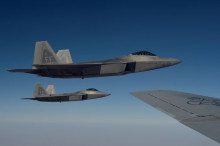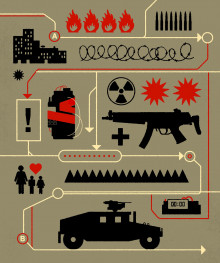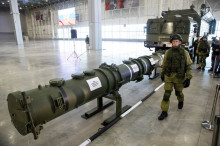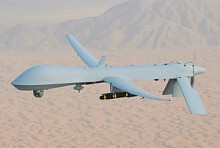Leading Technology

Much ink has been spilled regarding the challenges the United States faces in our military technology race with potential adversaries like China and Russia.
One of the best analysts regarding this issue is Mackenzie Eaglen. Here is part of what she said in a receipt op-ed:
In the global arms race, a moment’s hesitation is enough to lose your lead. The Pentagon pioneered research 15 years ago into hypersonic missiles that can cruise at Mach 5. The U.S. then chose not to develop the technology—but China and Russia developed it. Now Beijing and Moscow have hypersonics at the ready and, according to Pentagon research chief Michael D. Griffin, no number of current U.S. ships or ground-based antimissile systems would be enough to counter a massive attack.
The problem stems in part from the Pentagon’s increasing dependence on outside firms. For decades after World War II, the Defense Department was a producer of cutting-edge research and technology, but today it contracts more and more out to Silicon Valley. No longer setting its own course for development, the Pentagon is unable to take the major leaps that once kept U.S. military technology racing ahead.
The Pentagon still acquires its systems in accordance with decades-old protocols that value compliance over nimbleness and usefulness. It has doubled down on unreasonable demands to own intellectual property in perpetuity, a nonstarter for many software companies with which it contracts. Now defense leaders are stuck having to sort out which software systems might pose a security risk because the developers often also sell to America’s rivals.
This shift from calling the shots to negotiating with ever-more-private interests is new for the defense bureaucracy. For generations, influence flowed in the other direction. The buildup in defense research-and-development spending that began in the late 1940s and continued through the ’80s was responsible for propelling many of the tech breakthroughs of the past century: cellphones, jet engines, integrated circuits, weather satellites and the Global Positioning System. A recent example is Apple ’s Siri artificial-intelligence system, which it purchased from the Defense Advanced Research Projects Agency.









